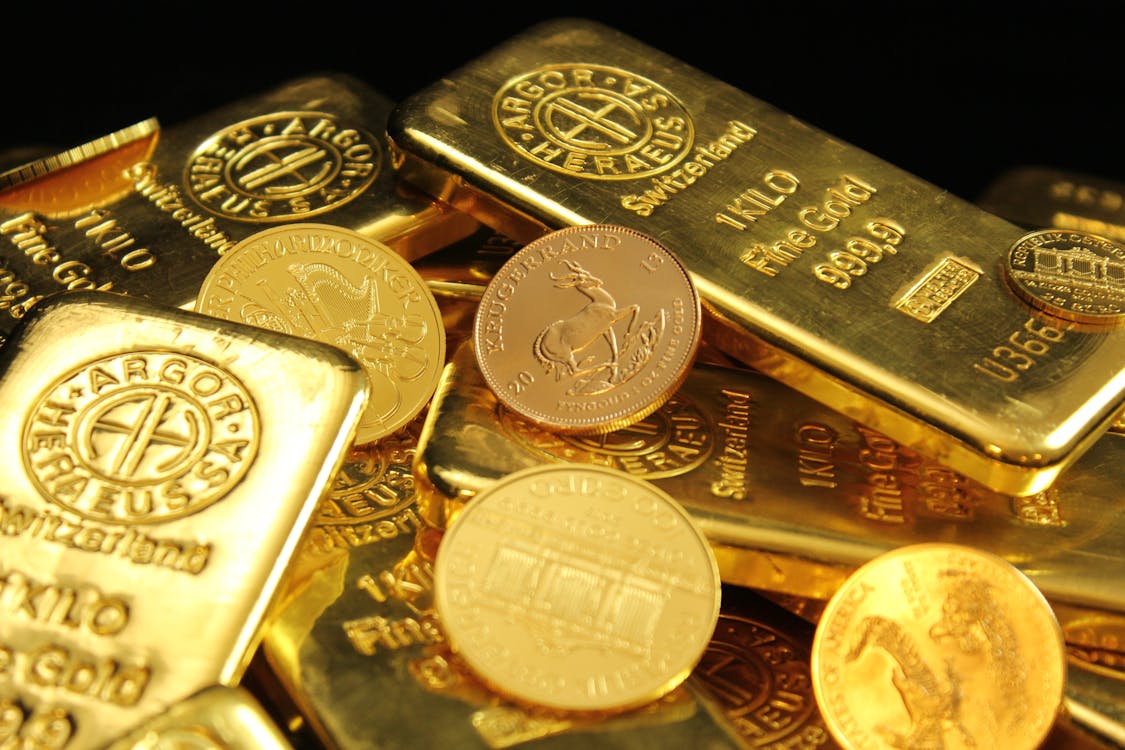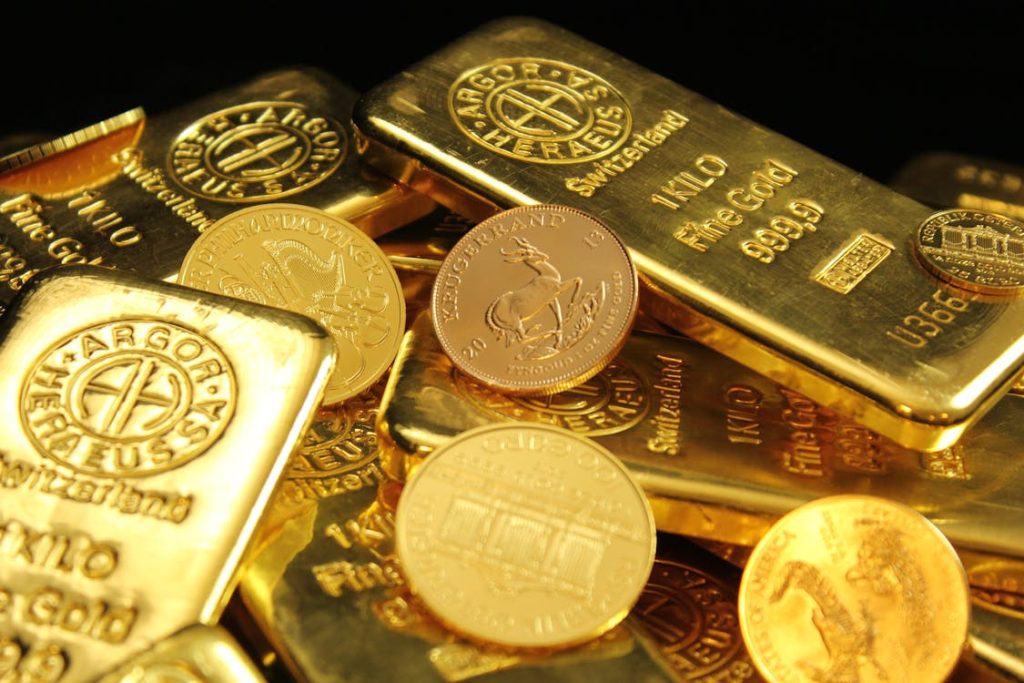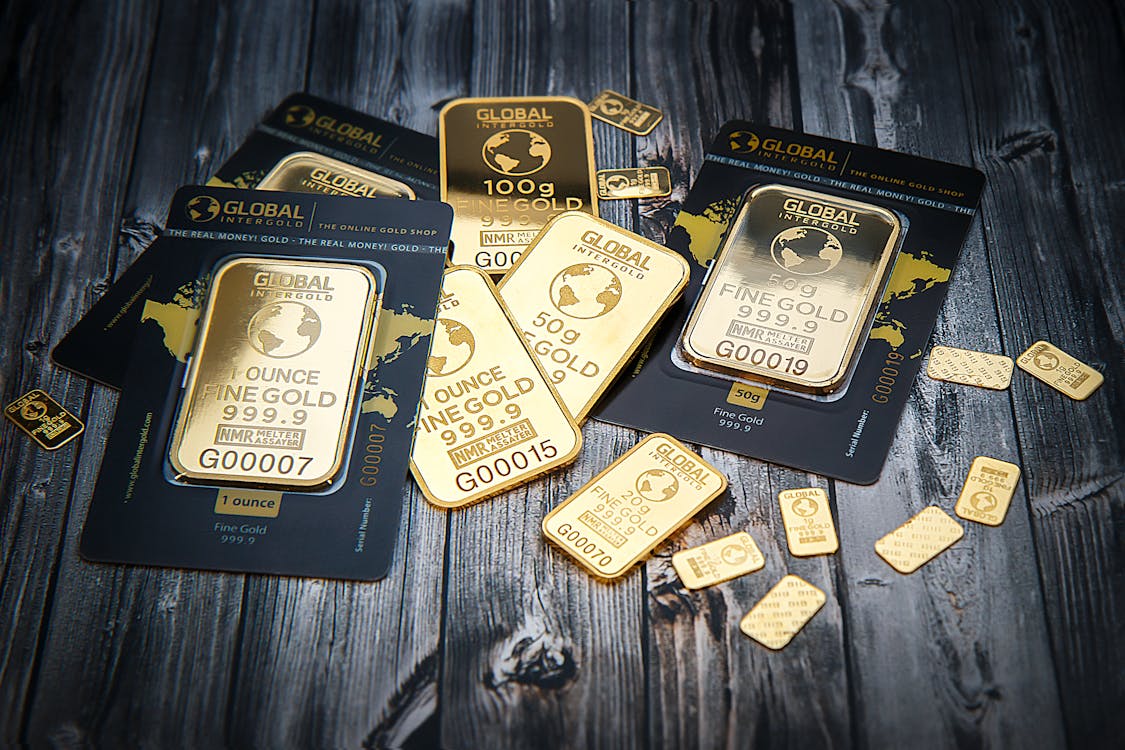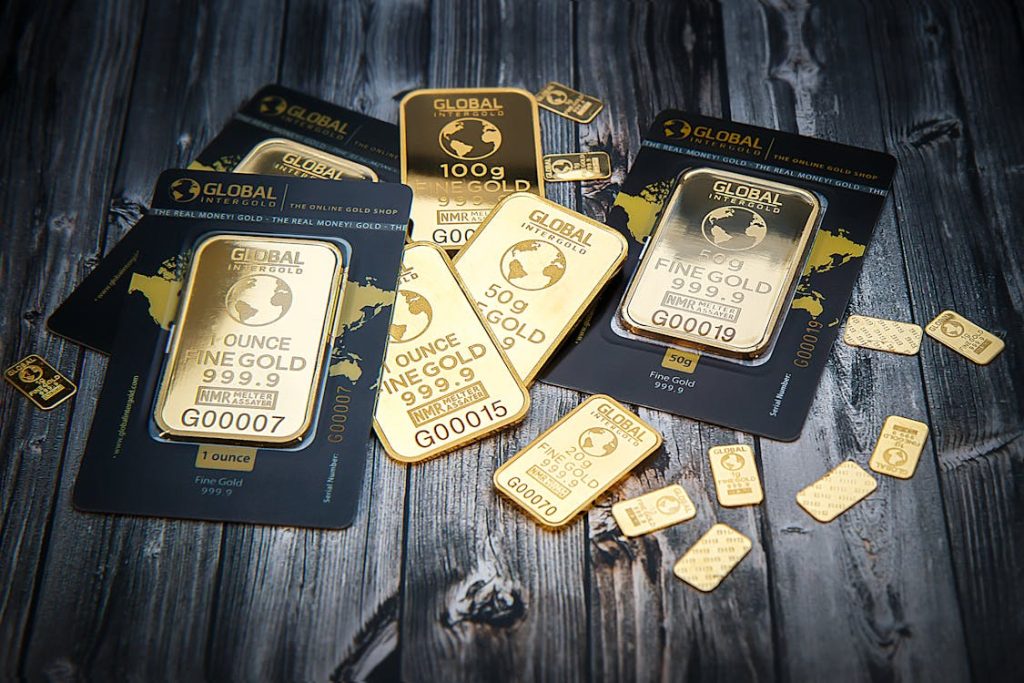Mastering Gold: Why Trading This Precious Metal Is More Than Just Numbers
Gold isn’t just a shiny metal—it’s a powerful market force. For centuries, it has represented wealth, stability, and security. But in the age of digital trading, gold has evolved into a dynamic asset that responds to geopolitics, macroeconomics, and even algorithmic patterns.
Whether you’re looking to hedge against inflation or diversify your portfolio, understanding the modern gold market is crucial. This guide takes you beyond the surface to uncover the strategies, psychology, and mechanisms that drive gold trading today.

🟨 Chapter 1: What Makes Gold Different from Other Assets?
Gold is not a company stock, nor is it a currency. It behaves differently—sometimes erratically—because it’s driven by:
- Safe-haven demand during financial crises
- U.S. Dollar strength and Federal Reserve policy
- Real interest rates and inflation expectations
- Central bank reserves and institutional buying
This unique behavior makes gold a hybrid: part commodity, part currency, part emotional refuge.
🟧 Chapter 2: The Three Faces of Gold Trading
Gold trading isn’t a one-size-fits-all market. You can approach it in several ways:
- Spot Trading (XAU/USD): Direct exposure to gold’s live price, often used by day traders.
- Gold Futures: Contracts traded on exchanges like COMEX, with leverage and expiry dates.
- Gold ETFs & Mining Stocks: Indirect exposure through financial instruments tied to gold’s performance.
Each approach has its pros, cons, and risk profiles. Knowing which suits your style is key.
🟨 Chapter 3: Reading the Gold Chart Like a Pro
Gold’s price doesn’t move randomly. It respects patterns, zones, and psychological levels. To understand its chart:
- Use daily timeframes for trend direction; 1H or 15M for trade entries
- Watch key price levels like $1,800, $2,000, and $2,075
- Combine Fibonacci retracements with candlestick signals
“Gold rarely lies—but it does whisper. If you listen to the chart long enough, it speaks volumes.”
🟧 Chapter 4: Fundamental Drivers That Move Gold
Some of gold’s most explosive moves come from news events:
- Federal Reserve interest rate announcements
- US CPI (inflation) and jobs data (NFP)
- Geopolitical tension: wars, debt ceilings, sanctions
Traders who prepare for these events often catch the largest moves with minimal risk.
🟨 Chapter 5: Mental Game—The Trader vs. The Market
Gold can humble even the most skilled traders. You must train your mindset:
- Don’t chase price: Let gold come to your levels
- Don’t over-leverage: One sharp move can wipe your account
- Accept losses: They’re part of the cost of being in the game
🟧 Chapter 6: Risk Management Techniques Tailored for Gold
Due to its volatility, gold requires tighter risk controls:
- Never risk more than 1-2% of your capital per trade
- Use trailing stops when in profit to lock gains
- Stick to your trading plan—no improvising during market chaos
🟨 Chapter 7: Best Times to Trade Gold
While gold trades nearly 24 hours, the most active and liquid sessions are:
- London Open: 8:00 AM GMT — major volatility as Europe joins in
- New York Open: 1:30 PM GMT — overlapping with London
- During U.S. news releases: High-impact economic data shakes gold hard
Outside these hours, price may range or behave erratically with low volume.




